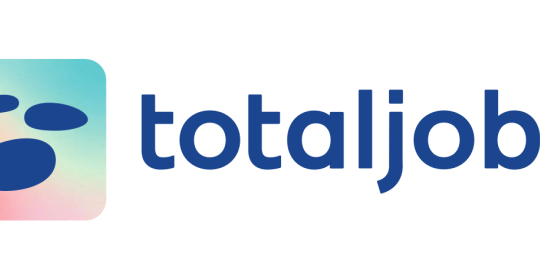The increase of placements slowing
It has been reported that both rates of permanent and temporary placements had the slowest increase since the first quarter. In fact, it was declared that the increase in perm placements was the slowest in 17 months.
That being reported, there are many causes of this decline, such as fuel and energy prices rising dramatically, labour shortages, inflation and possibly a recession. However, it is thought that the primary cause is the rising cost of living. This factor has triggered much uncertainty and impacted employees' confidence that they are choosing security and therefore staying in their current job. As people are not taking the risk and are no longer leaving their current jobs, it is causing a slump in recruitment rates and slowing down the drive forward for the economy. Nevertheless, the demand for staff challenge is still very much present, as from Q1 2021.
These factors have affected not only employees and candidates but employers too. Clients are increasingly cautious about hiring decisions due to uncertainties and rising costs.
Demand for staff
It was reported by many businesses that there was a significant rise in the demand for staff in July. However, the vacancy growth rate, unfortunately, dropped off for the third time in a row. Looking further into the shortage of applicants, were reports of skills shortages and fewer foreign workers. It was also found that the demand for permanent staff was more substantial than the rate needed for temporary workers.
Pay rates
Again, with the reoccurring theme of the rising cost of living, starting pay rates rose steeply for permanent and temporary workers.
Permanent starting salaries increased for another month, further growing the inflation period in the UK (to 17 months). As many as 47% of recruiters reported this increase. With this, it is thought by employers that even though they are upping the starting salary, they are still seeing fewer candidates applying. On top of that, the competition has intensified with employees and managing the rising cost of living. Similar to the perms sector, however, not so sharply, the hourly wage increased, again for the same reason the perm pay rate rose. Nevertheless, since March 2021, this rate has increased every month. In addition, the REC collected a report in the South of England, declaring the fastest increase in temp pay rate within the start of Q3.
Overview
Overall, we saw two reoccurring themes affecting the activity within the UK job market. The first is the rising cost of living, and the second is inflation rates. These issues will ultimately be resolved on their own with time. However, in the meantime, the UK job market is still showing growth and will strengthen over the upcoming months.
View the full report here.







